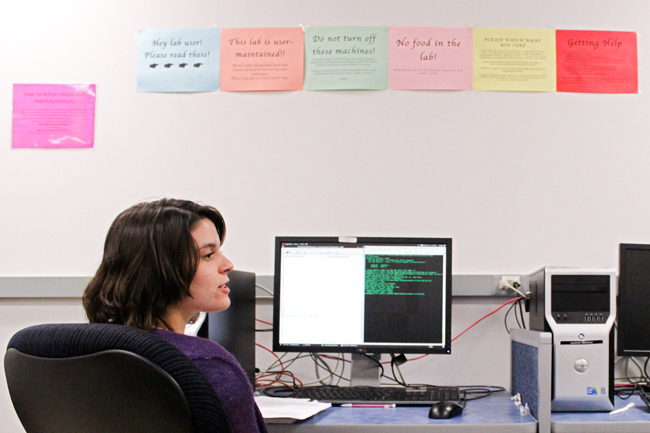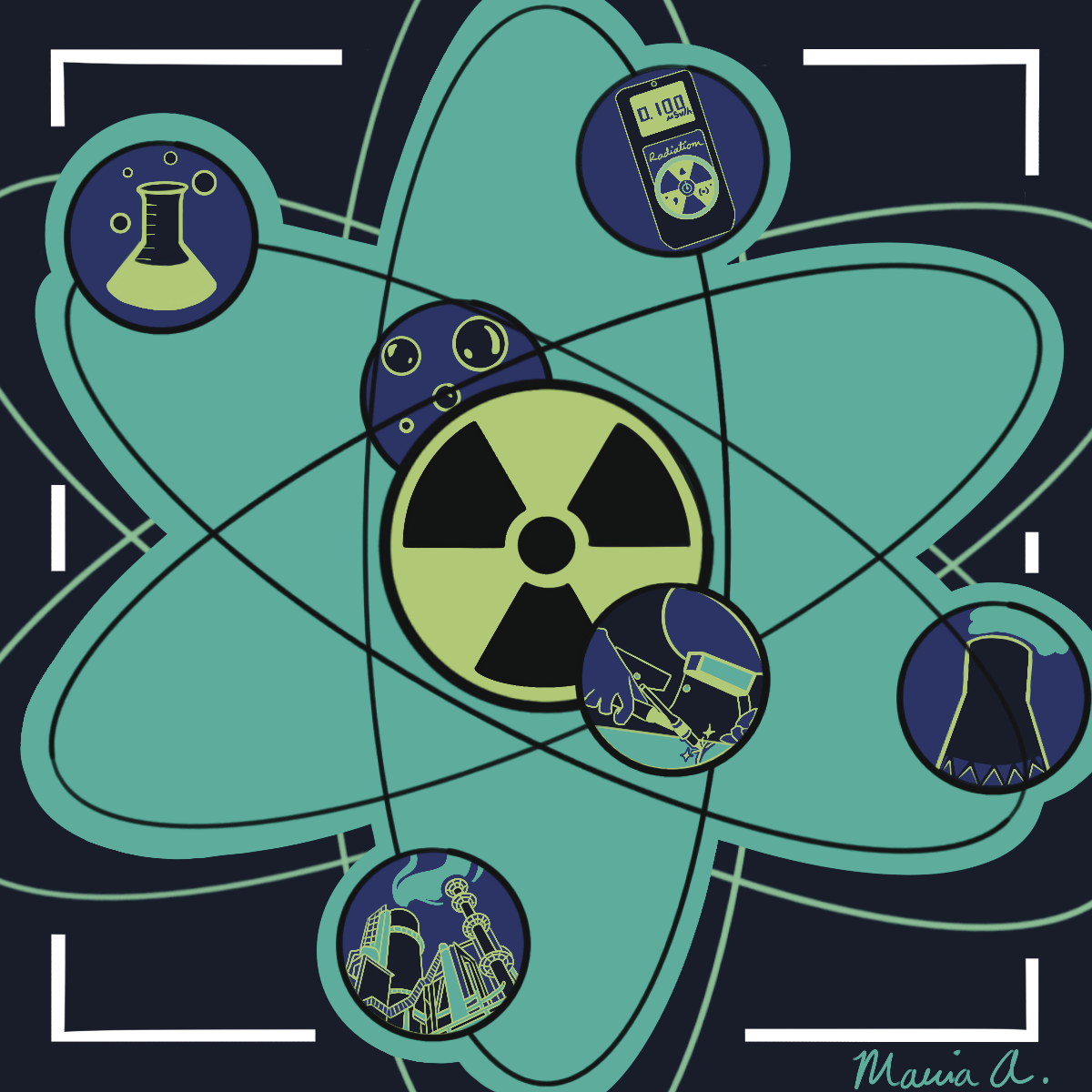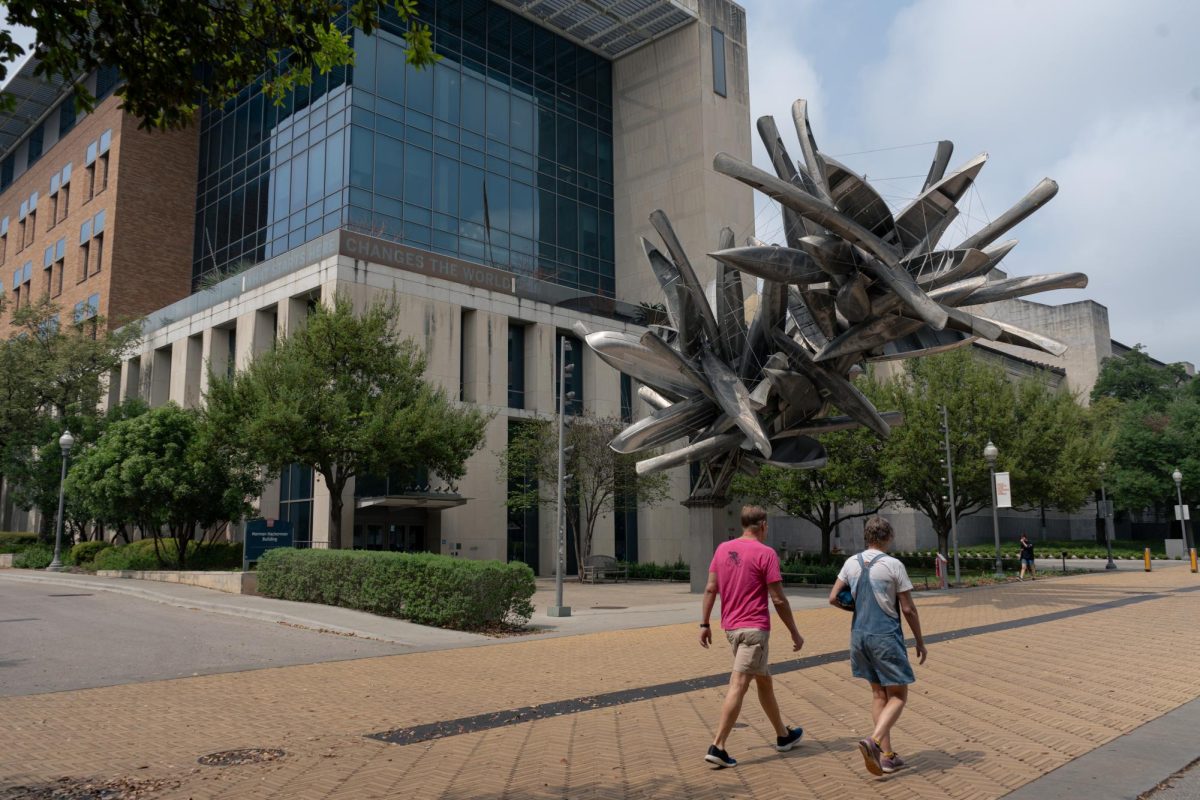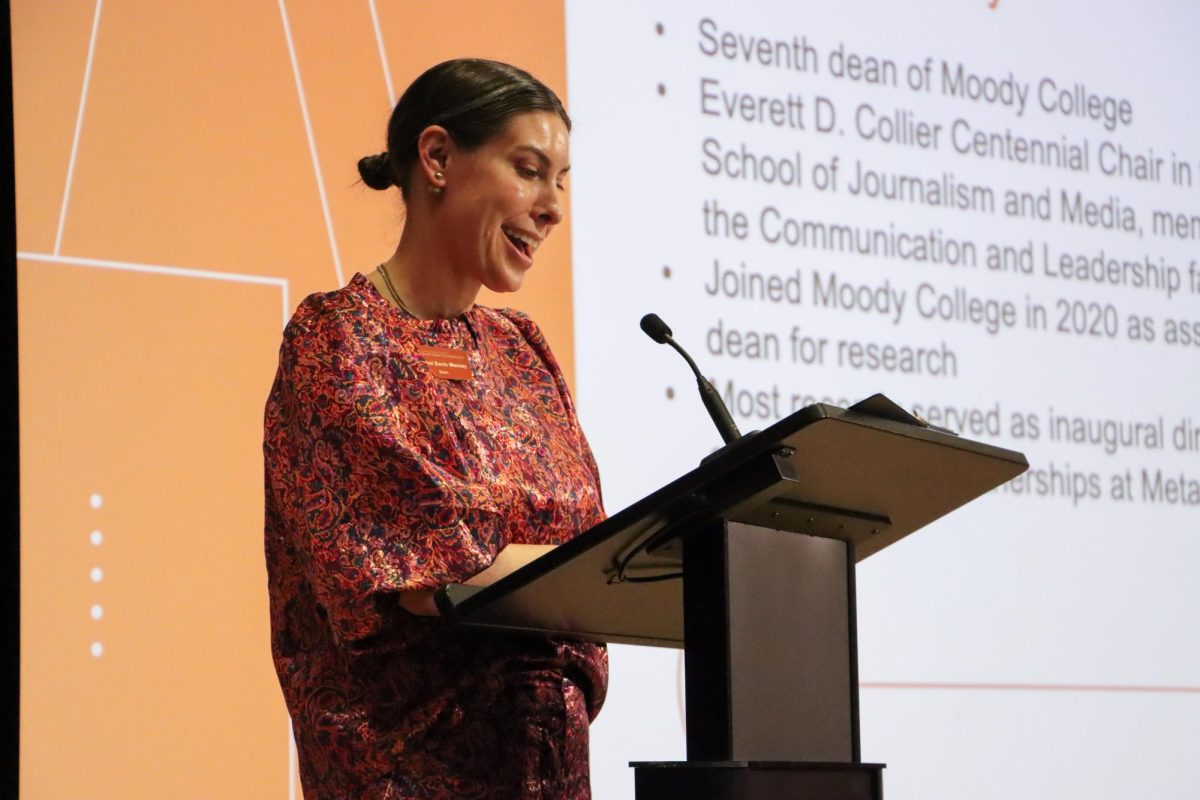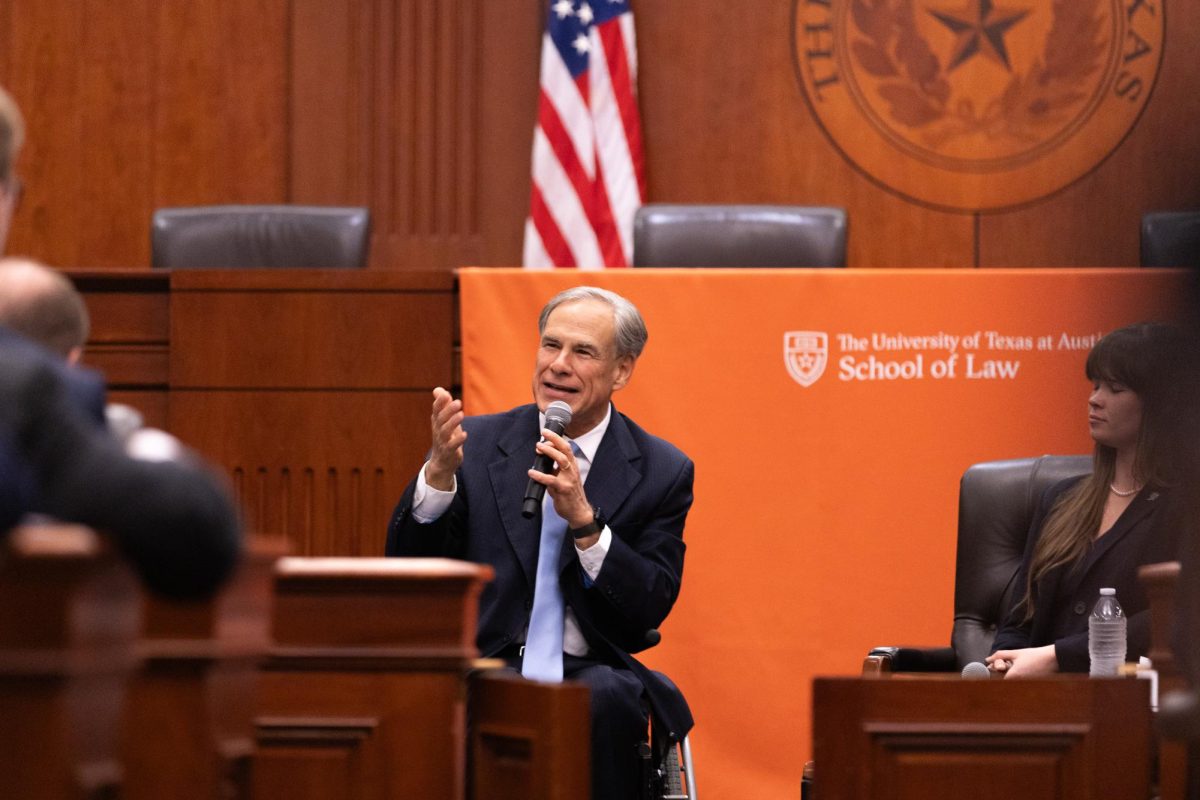America’s perception of computer scientists has shifted from the 1960s computer girl to the modern IT guy because of a masculinization of the industry and sexist advertising content, said Nathan Ensmenger, assistant professor of information.
Ensmenger spoke on Tuesday about the history of the declining number of women in computer science. He said his research showed that the qualifications of a computer programmer have been skewed to match male characteristics.
“Women were the first computer programmers but were slowly ousted from their position as the sociological aspects of computer science moved toward a male-dominated environment in the late ’80s,” she said.
Even when compared to other male-dominated fields, like engineering and physics, the number of women working in computing positions and pursuing computer science degrees has declined since the 1990s because of the perceptions about the industry provided to them through advertising and in society, Ensmenger said.
There is a culture of computer science that focuses on the narrative of a young, white adolescent learning to use a computer. Success in the industry is framed as being dependent on expertise when it is actually highly gendered, he said.
“The best way to address the problem is by addressing this culture and redefining what computer science is,” Esmenger said. “We need to look at the culture of men’s rights that is dismissive to addressing these issues.”
Associate director of academics for the Department of Computer Science Tiffany Grady said there is a declining trend of women in the department at the University, but there is a greater need to retain female students past their first year.
Grady said female students often leave because of general reasons that affect students of both genders, including lack of preparation in high school. She also said the decline of women in the major is sometimes attributed to the fact that they feel alienated in classes.
“In general, our female students tend to be harder on themselves and think they are not doing as well in classes,” she said. “We have anecdotal evidence that they leave because they think they are doing worse than their male colleagues when it is actually the opposite.”
There are usually only two or three females in [a] computer science class, said Joanna Smith, computer science senior and president of Women in Computer Sciences.
Smith said the idea of a computer scientist is attached to men, but there is also an extreme stereotype of what women in the field look like.
“The first thing someone thinks about when they think of a computer scientist is a male,” she said. “But the stereotypes of women in computer science usually fictionalize us as geeks or unfeminine women.”
The under-representation of women in the field creates an advantage for female students in terms of scholarships, and the male-dominated classroom model encourages female students to do better in the end, Smith said.
“It turns into the idea of having a lot of brothers and wanting to prove that you can throw the ball harder,” she said. “You want them to know that you are different, but that you are better.”
Printed on Wednesday, March 7, 2012 as: UT faculty explores gender swap in computer sciences

